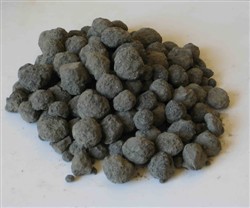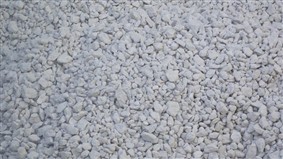Imperial Group - Our Products
Cementitious products include the paste that holds concrete together. They’re used in two cases, combined at the cement works, or when the concrete is being produced. These materials incorporate the ordinary cement and other cementitious materials, such as fly ash, ground granulated blast furnace slag (GGBS), limestone fines and silica fume.
-
X Close Clinker
 View GalleryView Gallery+ MORE
View GalleryView Gallery+ MOREClinker refers to lumps or nodules - usually 3 mm to 25 mm in diameter - produced by fusing together - without melting to the point of dissolution –calcite and aluminosilicate minerals. Clinker consists of various calcium silicates including aite and belite and other known
constituents such as tricalcium aluminate and calcium aluminoferrite.
The clinker is made by heating in a rotary kiln a consistent mixture of raw materials. Limestone is the main raw material for the clinker-making, mixed with a second material containing clay as source of alumino-silicate. -
X Close Cement
 View GalleryView Gallery+ MORE
View GalleryView Gallery+ MOREIt is better known as a binder that settles and hardens, usually bringing other material together. Originally a powdery substance made with calcined limestone and clay. Once mixed with water, it forms mortar or it is mixed with sand,
gravel, and water to create concrete.
In construction, cement can be characterized in two categories. Hydraulic, which mixture contains components such as aluminium silicates. The chemical reaction will result in hydrates that are durable in water. The second category is non-hydraulic cement, which will not set in wet conditions but will only do so as it dries.
The main usages of cement are as a concrete component and an elementin forming a strong building material. -
X Close Gypsum
 View GalleryView Gallery
View GalleryView GalleryComposed of calcium sulphate dehydrate, gypsum is a soft sulfate mineral, containing sulfate iron.
It is commonly used in blackboard chalk, plaster and is further used as a fertilizer. White or tinted gypsum, when well-grained, can be also used in sculptures.


